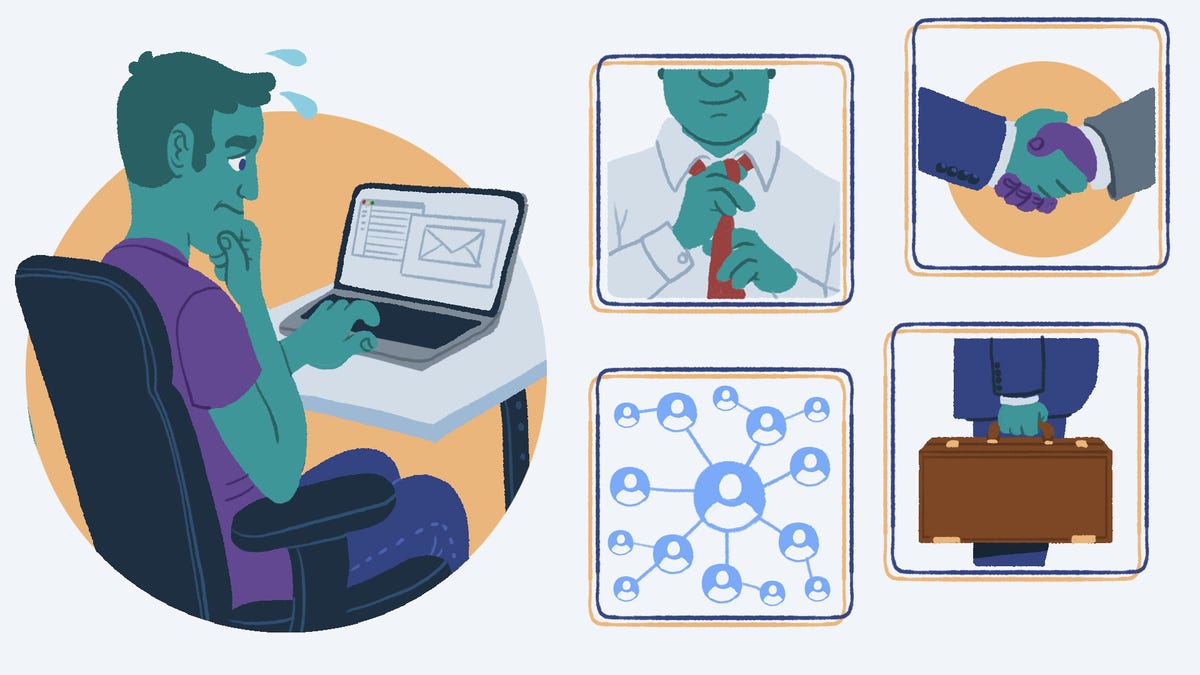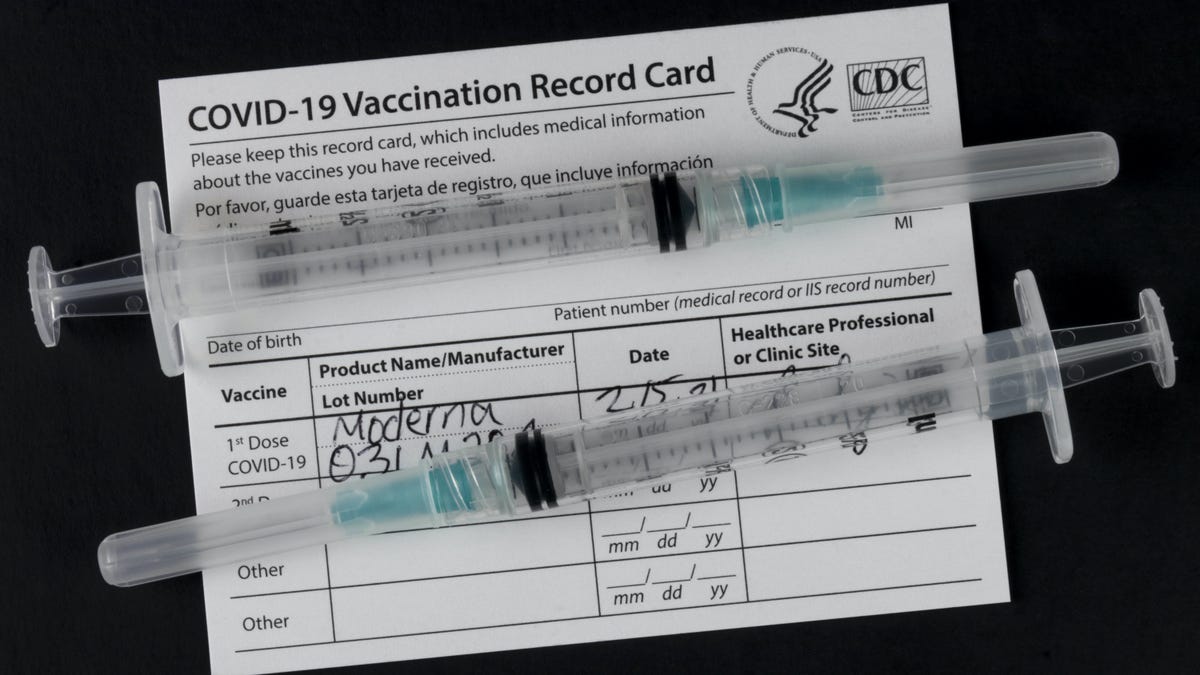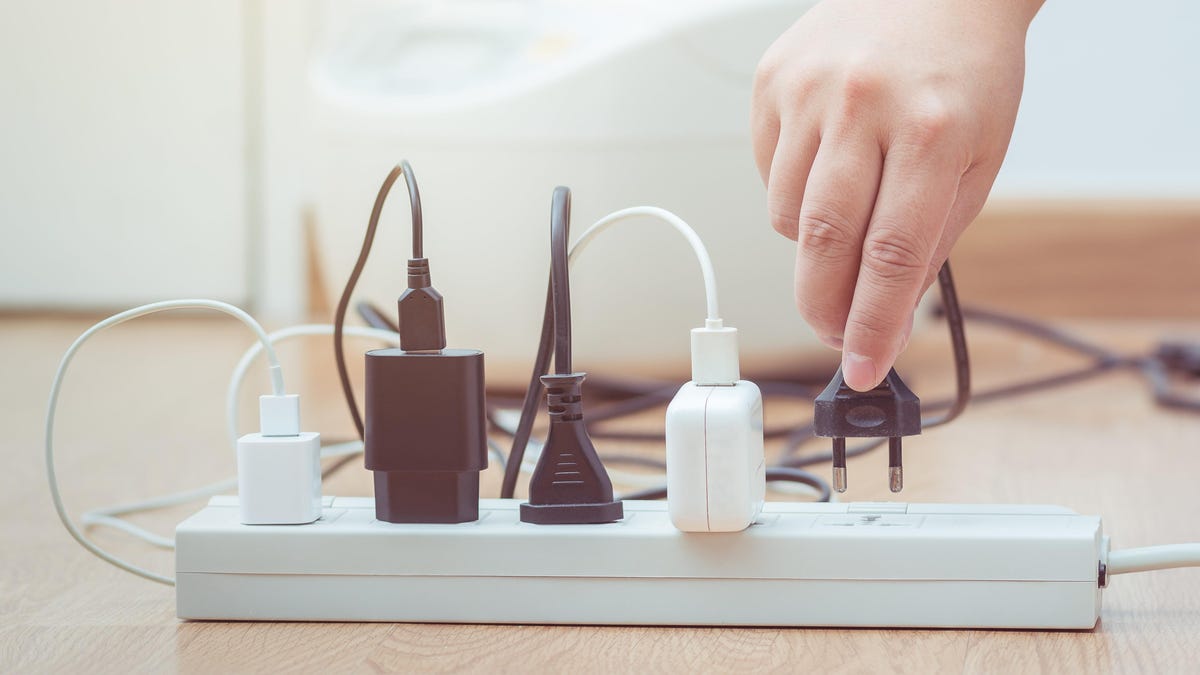How to Turn a Job Rejection Into a Future Opportunity
We all know that feeling: You found a company or an opportunity you were really excited about, spent lots of time preparing, maybe even met the team, only to receive that “we regret to inform you” email breaking the...

We all know that feeling: You found a company or an opportunity you were really excited about, spent lots of time preparing, maybe even met the team, only to receive that “we regret to inform you” email breaking the news that you won’t be moving forward. It always stings, but it can sting even more when it was a company that you would have loved to work for.
For the most part, it’s rare to be rejected because your interviewer didn’t like something about you as a person (in which case you shouldn’t work for them anyway). Usually it’s something more skills- or experience-based, and often it’s relative to the other people who are interviewing at the same time as you are (they may have had a slightly more convincing presentation or more experience specific to the role than you did). A rejection can feel like we blew it, but we can actually use it as an opportunity to leave a great impression and open doors to future connections.
Last year I interviewed a candidate I really liked, but who was a little too junior for the role we had open at the time. I rejected her and mostly forgot about it, until she emailed me a few months ago about another role at my company that she was interested in. I remembered how much I liked her, let the hiring team know, and long story short: Now we’re coworkers. So even if it doesn’t work out this time, all hope is not lost—it’s still possible to parlay this moment into a job offer later down the line. You just have to be a little strategic.
How to respond to a job rejection
It’s normal to be upset after you get that rejection email, but don’t direct those feelings back at the hiring team. Usually the person sending you that rejection either feels neutral about you or liked you and feels bad about this outcome, and sending an angry response is a surefire way to change a positive impression into a negative one.
Instead of responding in the heat of the moment, give yourself some time and write back when you’re able to get past that initial disappointment. Some friendly options:
Thank you so much for letting me know. Of course I’m disappointed, but I really appreciate the time you spent speaking with me.Thanks [NAME]! Bummed it didn’t work out this time but it was great to meet you and learn more about the company.Thank you for telling me, I really enjoyed meeting the team and I’ll be sure to keep an eye on [COMPANY] in case there’s a better match in the future.It is also OK at this stage to ask for feedback—just make sure to be gracious if/when you do receive it! Keep in mind that many companies won’t share specific feedback for fear of legal action, but it doesn’t hurt to ask.
Don’t re-apply over and over
While it’s fine to apply again in the future, hold off for a bit after your rejection and definitely don’t pummel the company with more applications over and over. Most systems automatically flag if you’ve applied to a job previously, and chances are your recruiter will recognize your name. You’ll certainly become more memorable, but not really in the way we want you to be remembered.
Instead of turning around and applying again and hoping someone different will see your resume, take advantage of your existing relationship with your recruiter. Highlight how much you enjoyed meeting them and/or the team (if you did) and how much you still love the company and hope there will be a mutual fit someday down the line.
Use your shared history to your advantage
When the day comes that you see another job at the company you’re interested in, fire off that application and then send your old recruiter a note to let them know. It’s helpful to include:
A reminder of how you know each other. (e.g., “We spoke last year about the product marketing role but it wasn’t a perfect fit at the time.”)What you’ve been up to since you last spoke.Why you’re excited about this role.If you received feedback last time, how you’ve actioned on it since then.Even if your recruiter doesn’t immediately remember you, a thoughtful email with a reminder of who you are can go a long way in catching their attention.
Things may have changed such that you’re now applying for a different kind of job than you applied for last time—be sure to articulate what prompted the change. Maybe you joined a coding bootcamp and now you’re applying for an engineering job instead of a marketing job, or maybe you discovered a new passion so you’re applying for a creative role instead of a finance one. Giving your recruiter all the info helps them to better advocate for you, which gives you a leg up over someone who’s applying blindly.
Take advantage of the connections you made
It can be tempting to just add everyone you can find from the company on LinkedIn and hope some of them will accept your invite, but even if some people do accept it usually doesn’t give you much of an advantage when it comes to landing a job offer. Even if that random person on LinkedIn were to agree to refer you to a job at their company, they typically won’t be able to say anything about what makes you qualified or why they’re referring you since you’re one of hundreds of profiles. Instead, take advantage of the people you already met during your interview process.
One of the advantages of making it to an interview before being rejected is that you’ve now been able to make a live impression with someone at the company. They likely have some sort of vague memory of you, and even better: They usually have notes from your interview and will be able to recall what you talked about and what they thought of you.
After getting rejected, ask if it’s OK to add your recruiter on LinkedIn so you can keep in touch, and do the same for the other people you met during your process. You can also just send a LinkedIn connection without asking, but make sure to include a note along the lines of, “It was so great to meet you, I would love to stay in touch.” This is also a great tool in case your recruiter leaves the company or is unresponsive, so you still have avenues to get eyeballs on your application in the future.
Set reminders to check in with the recruiter
Use this tip with caution, since not everyone is open to coffee chats or casual Zoom calls on a regular basis, but it doesn’t hurt to try. Whether it’s your recruiter or the person you met during your interview that seemed the coolest, set a reminder every sixmonths to just say hello and remind them who you are. Much of the art of recruiting is holding onto relationships over time until you find the right match, and you can put this same principle toward your job search.
If they aren’t responsive, you should probably leave them alone, but if they’re open to it, a regular check-in can pay dividends over time. This approach both makes you more memorable and keeps you top of mind when roles at the company do open up, while also nurturing a potential new friend who may refer you to other opportunities you hadn’t even thought about.

 Astrong
Astrong 































